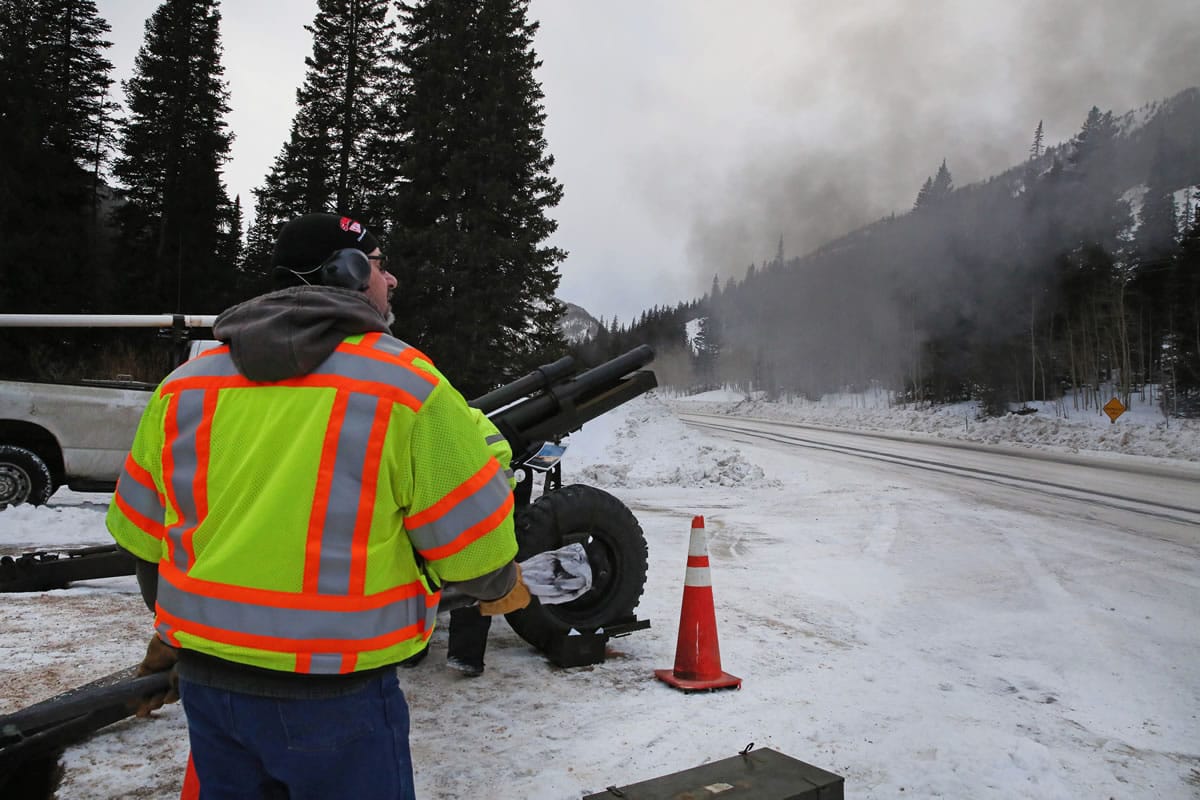SEATTLE — Skiers and snowboarders rejoiced when a series of storms dumped several feet of snow in the mountains across the West, after what had been a disappointing start for those seeking fresh powder in the backcountry.
But all the new snow and strong winds in the past month have fueled dangerous conditions from the Cascades to the Rockies, prompting forecasters to issue warnings of considerable or high avalanche danger for many places outside of established ski areas.
Seventeen people have died in an avalanche this winter, 11 of them since early February. Many more skirted disaster and survived with broken bones or other injuries. Some were partially buried in snow, but managed to dig themselves out or were dug out by companions.
Avalanche experts are seeing a similar problem across the region: too much snow and strong winds overloading weak layers of old snow. With too much stress and not enough time to bond or stabilize, that weak snow layer eventually gives way.
“It’s like putting a brick on top of a pile of potato chips,” said Bruce Tremper, director of the U.S. Forest Service Utah Avalanche Center.
Some parts of Utah received more snow in the past three weeks than in the prior three months, he said last week.
The latest death, a week ago, came when a 49-year-old man was buried by a slide while snowmobiling in the West Cabinet Range near the Idaho-Montana border. His friend was buried with only his face exposed, but was dug out with no injuries, according to the Flathead Avalanche Center.
Avalanches have killed on average about 28 people a year over the past 10 years, according to the Colorado Avalanche Information Center in Boulder, which tracks national statistics. The deaths so far this year aren’t unusually high, experts say, but have come during a short time period.
What has been unusual is how large and intense the slides have been.
According to the Colorado Avalanche Information Center, several recent avalanches ran larger than any in the past 20 years.
Scott Toepfer, an avalanche forecaster, said the large and destructive slides have taken out century-old trees and ripped off its foundation an old mining structure that has stood for decades.
The Northwest Avalanche Center in Seattle offers hundreds of free avalanche awareness classes each winter. Lately, program director Scott Schell and others are targeting younger audiences, giving talks about avalanche safety at middle schools, ski schools and Boy Scout troops.



